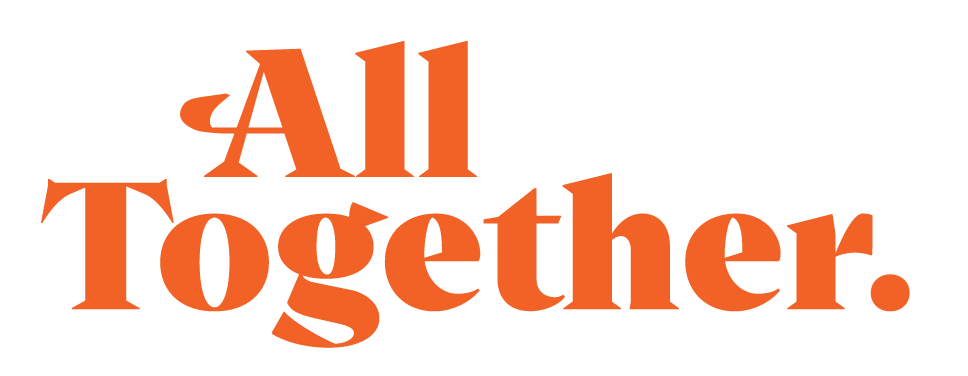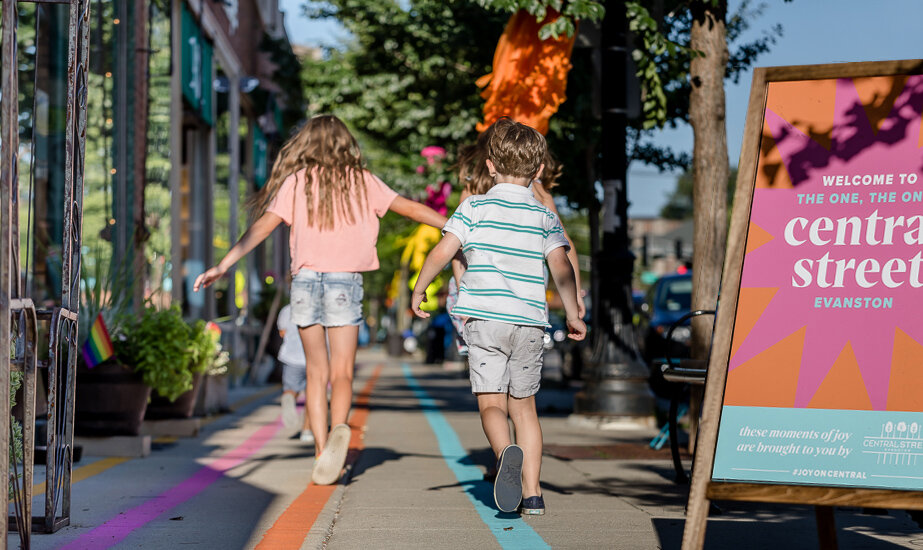Why Cities Should Tap Into the Power of “Joyful Interventions”
Featured on Strong Towns
We as humans make it our life mission to find happiness. We create life lists, bucket lists, and checklists to achieve more, buy more, and be more. But in the pursuit of happiness, we miss the smaller moments that connect us to others, inspire us, and make us more optimistic for the future. These small but powerful moments are ones of joy.
It’s hard not to default to the idea that joy was something to aspire to back in 2019. In reality, how do communities help residents and businesses find joy in the midst of social unrest and a pandemic that has shaken the economy and instilled a sense of grief and uncertainty throughout the world? It seems like an insurmountable challenge to communities both large and small. But the beautiful thing about joy is that it is in the small, achievable moments. As a result, communities can implement immediate changes that will lift moods; foster social and physical connections; and inspire long-term, positive change. These joyful interventions absolutely can transform communities, one small project at a time.
A Joy Story
On my way to work, I used to cut through the same alleyway every day, twice a day. The upside: it shaved three minutes off of my commute. The downside: the asphalt, garages, and metal wire fences were uninspiring and, on the worst days, downright depressing.
One Monday, with my head down, staring at my phone, I started the commute like any day. But when I rounded the corner to head into the alleyway, I looked up and saw it. A freshly painted mural—so colorful, abstract, and stunning, I slowed to stare and missed my train. But instead of a string of ***’s and a growing panic that I would now be late, the art jolted me into the moment. Rather than thinking about where I needed to be, I took inventory of where I was. The combination of vibrant colors and gigantic, organic shapes on what was a drab brick wall rooted me in place and made me think about the community that invested in this art. It suddenly became my community.
Renewal
Murals and other public art installations—both temporary and permanent—introduce color, and a sense of playfulness for those walking by. They point to community pride and investment. Many commercial corridors are in need of streetscaping improvements, ones that can take years to design, implement, and fund. And while these investments can be critical to the vitality of the public realm and businesses along it, they are not the only fix for tired sidewalks and a dwindling customer base.
As businesses struggle to remain open during the global pandemic and residents feel trapped within their neighborhoods, quick and inexpensive transformations—those small interventions that have a big payoff—are more important now than ever before. In her book, Joyful, designer and TED speaker Ingrid Fetell Lee states, “The infectious quality of joy makes its dispersion as efficient as the most prolific weed. Even the smallest efforts—a painted mural, a knit cozy around a parking meter, a single flower—can be the beginning of an upward spiral that changes a community, a neighborhood, a life.”
What Could Be
So how does this translate into community and economic development, especially in the time of COVID? Joyful interventions improve the psyche of people who live and visit there. They not only present moments of surprise, full of color and life, but they also make people feel connected to something bigger than themselves—to both the physical and social aspects of a community. Once people feel connected to a place, they are more likely to invest and spend money within that place. And they are also more likely to spread the word about that place to others. After I stumbled upon the mural in the alleyway that day, I encouraged friends and family to visit the mural, took pictures and shared it with others on Instagram and Facebook, and felt an overwhelming sense of pride that I had chosen this community as my home.
So you invest in temporary placemaking and everyone feels a rush of joy, but then what comes next? Paint fades, installations go away, and an uncertain economy persists. As Fetell Lee noted, these initial investments serve as the seed to something bigger and longer-term. Many communities phase placemaking initiatives over a series of time, so that the end of one installation blends into another. This produces a cycle of joyful experiences that continuously pull people back out into the public realm, and provide them with fresh content to share again and again. Through these installations, an organic brand and sense of place emerges. The community is drawn to certain colors, visuals, and programming, so that some elements stick and others serve as test cases. A community’s identity could evolve that could eventually be translated into banners and wayfinding. With this renewed sense of place, partnerships form to help push through larger infrastructure investments, such as new sidewalks, street trees, crosswalks, and lighting.
It’s an unsettling time for people, businesses, and their communities. But it’s also an opportunity for local empowerment and renewal. As people band together—to help their neighbors, protest for equal rights, and volunteer—they forge social connections and powerful ties to place. Municipalities, business districts, and neighborhoods can tap into these connections and expand how people interact with and think about their own community. With some design direction, paint, and creative programming, any place—no matter how large or small—can and absolutely should invest in joy.

